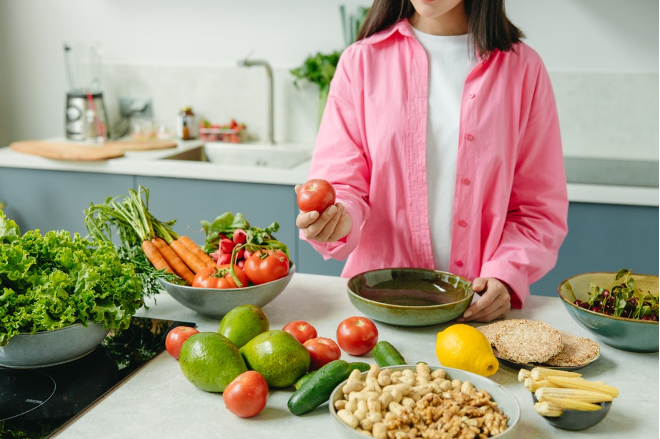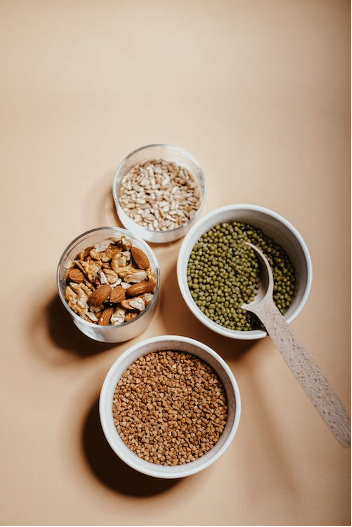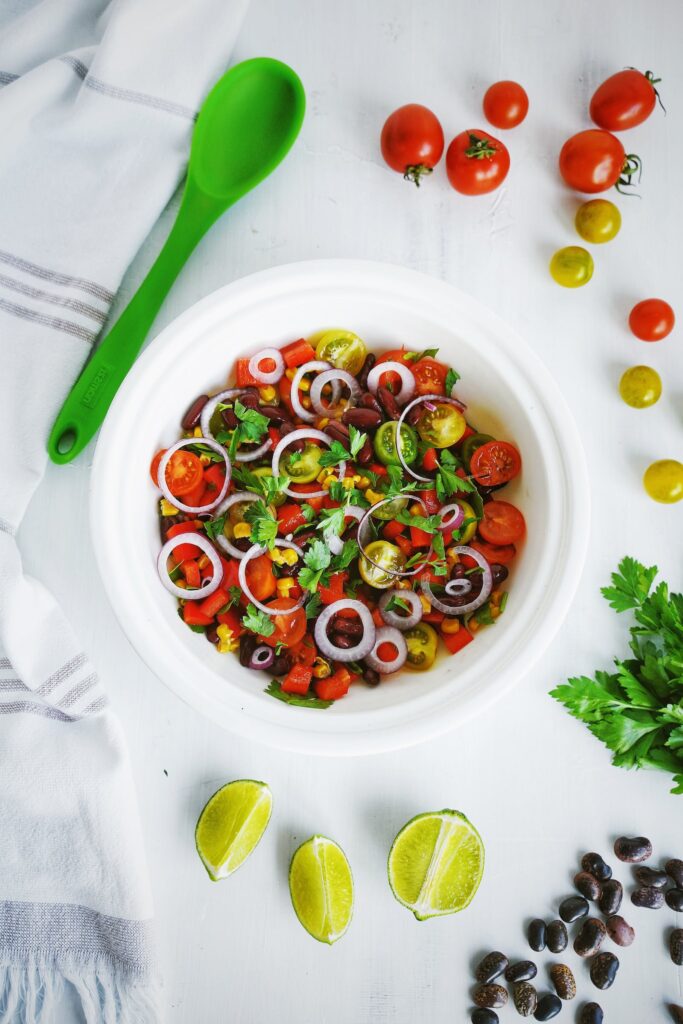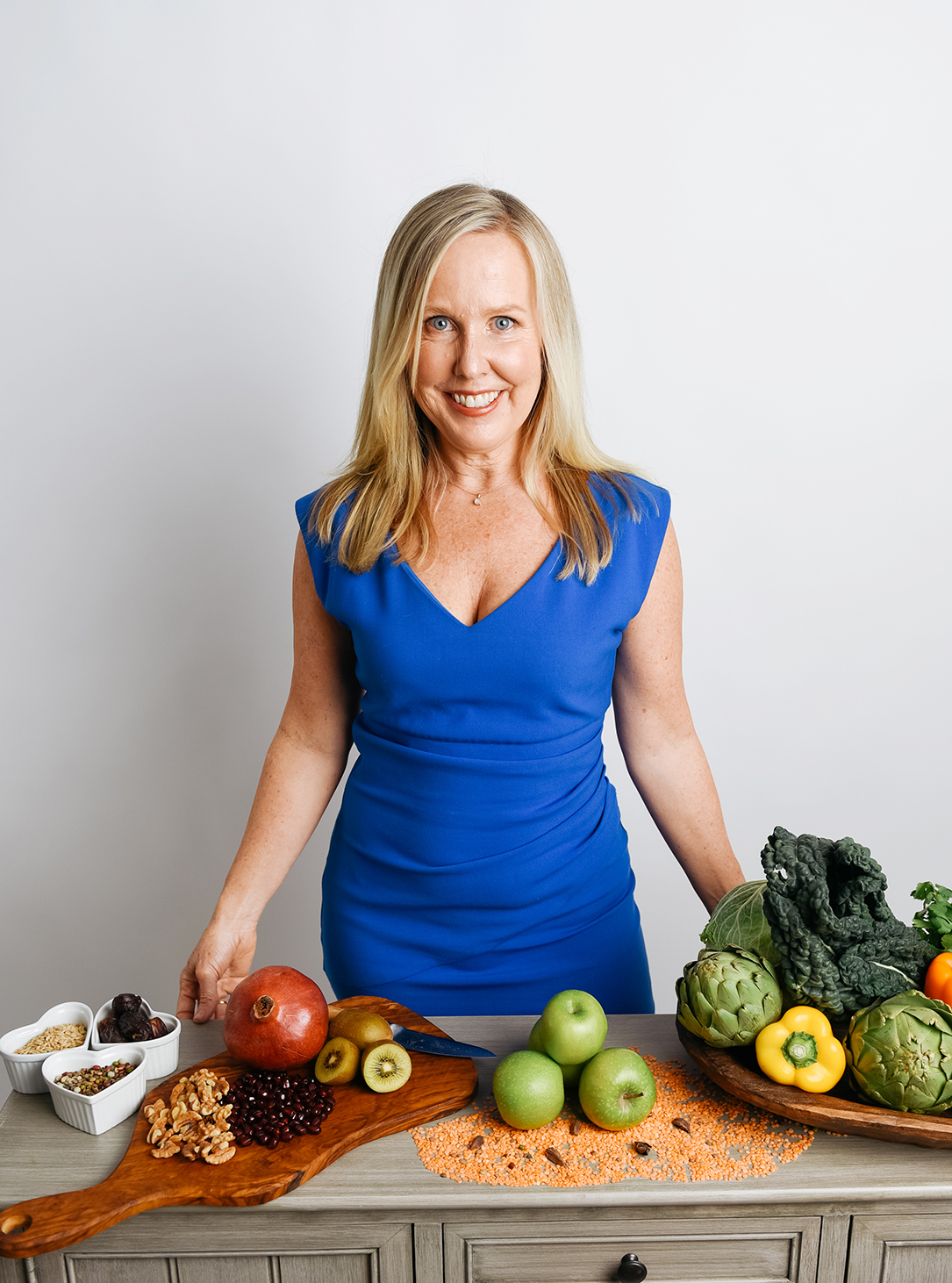Fiber, it’s a word we likely have all heard but how much do we really know about it? Dietary fiber is defined as parts of plant foods your body can’t digest or absorb. There are two types of fiber: soluble fiber (dissolves in water) and insoluble (doesn’t dissolve in water). In order for your body to benefit most, you need both types of fiber in a varied diet. It is recommended that the average adult consume approximately 25-35 grams of fiber per day. Most Americans do not meet the recommended values. According to a study done by the American Society for Nutrition only 5% of men and 9% of women are meeting the recommendations for dietary fiber.
You might be wondering—“What’s the big deal with fiber?”. Our health is impacted by the amount of dietary fiber we consume.
- Weight management: Fiber provides a level of fullness after meals which can help facilitate healthy weight maintenance. High-fiber foods tend to be less energy dense, meaning you are getting less calories for the same volume of food.
- Heart health is also directly linked with fiber intake. A diet filled with adequate fiber can lower cholesterol levels. Soluble fiber (which is found in oat bran, oats, beans, flaxseeds, barley, psyllium, citrus fruits and peas to name a few) can lower our LDL cholesterol, which when elevated, increases your risk of heart disease and stroke.
- As far as regularity is concerned, fiber works in our bodies to prevent constipation. In opposition, if your stools are loose or watery some types of fiber can help solidify your stool by adding bulk.
- A high fiber diet is also linked with decreased risk of colorectal cancer and well as reduced likely-hood of developing diverticulosis and hemorrhoids.
- Blood glucose (sugar) management: Fiber can help slow the absorption of sugar which can help reduce blood sugar levels. In addition, a high fiber diet can reduce the risk of developing type 2 diabetes.

How do we get more fiber?
Whole foods are recommended over taking a fiber supplement because fiber supplements can lack variety of fiber, vitamins and minerals found in whole foods. However, your health care provider may recommend adding a fiber supplement if dietary changes are not resolving your issue. Choose foods that are naturally higher in fiber such as vegetables, fruits, whole grains, beans, peas, legumes, nuts and seeds.
As foods become more processed, fiber is often removed, see the example below:
| Apple (4.4 grams fiber) | Apple Sauce (1.4 grams fiber) | Apple juice (0 grams fiber) |
- Make at least half of your grains as whole grains. Look for at least 2 grams of dietary fiber per serving.
- Keep the skin on your fruits and vegetables
- Add beans or lentils to your soup, chili or salad for added fiber
- When baking switch to a whole grain flour or add flax seed meal or raw oats
- Add fiber to snack time. You can do this by having fresh fruits with nuts or nut butter, raw veggies with hummus or black bean dip, popcorn, or whole grain crackers or chips.
For example:
3 cups of air-popped popcorn + 1 ounce of almonds = 7 grams of fiber!
1 cup of raw carrots + ¼ cup hummus = 6 grams of fiber!
Check out this amazing Recipe for a Fiber-Fulll Quinoa Salad
Resources:
https://www.medicalnewstoday.com/articles/short-term-increase-in-fiber-alters-gut-microbiome
https://nutrition.org/most-americans-are-not-getting-enough-fiber-in-our-diets/





0 Comments